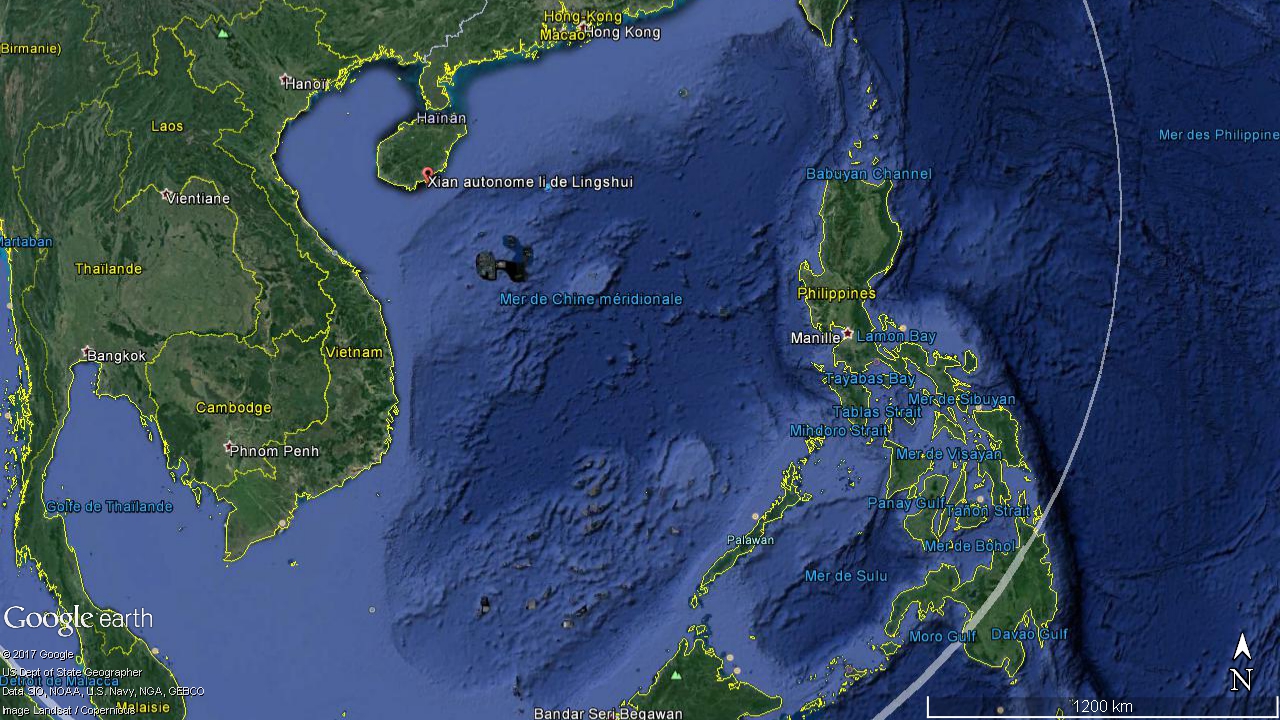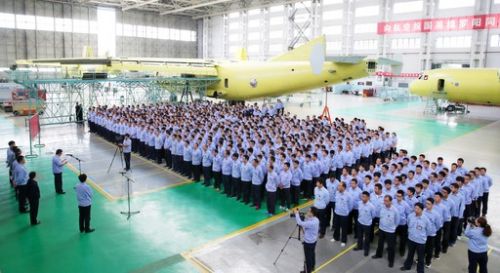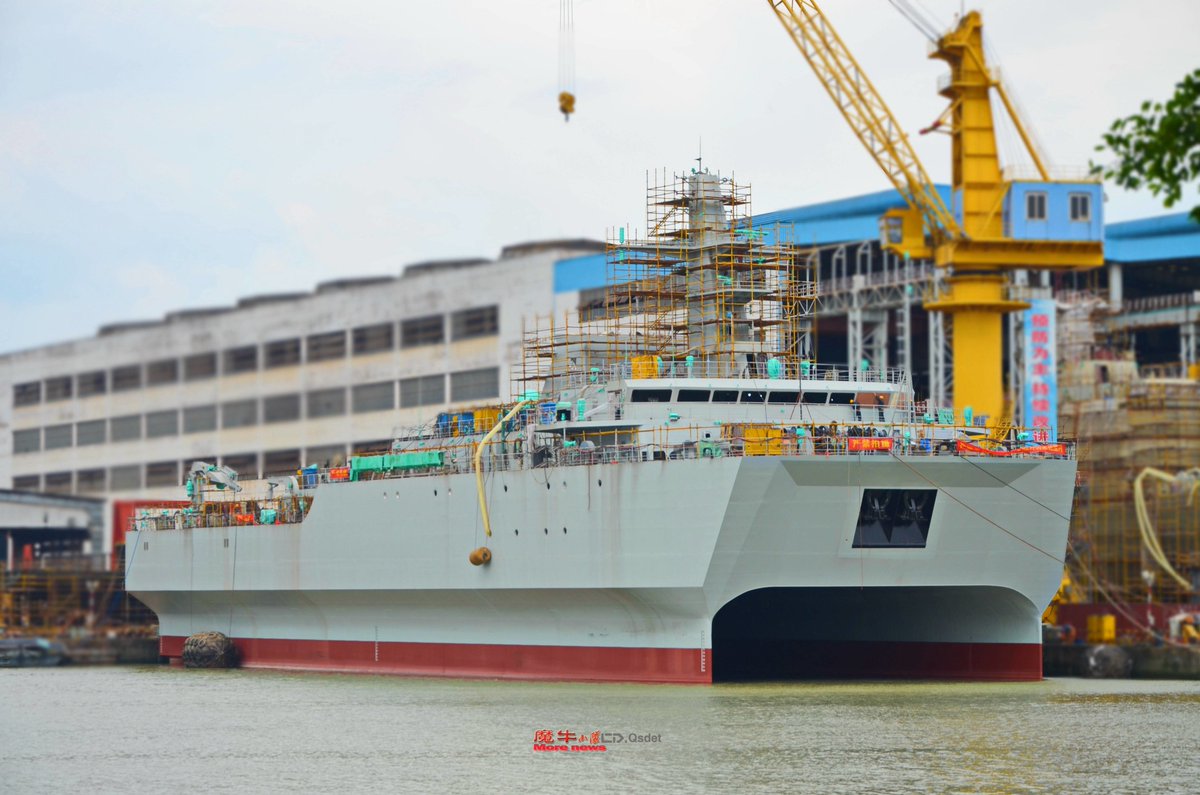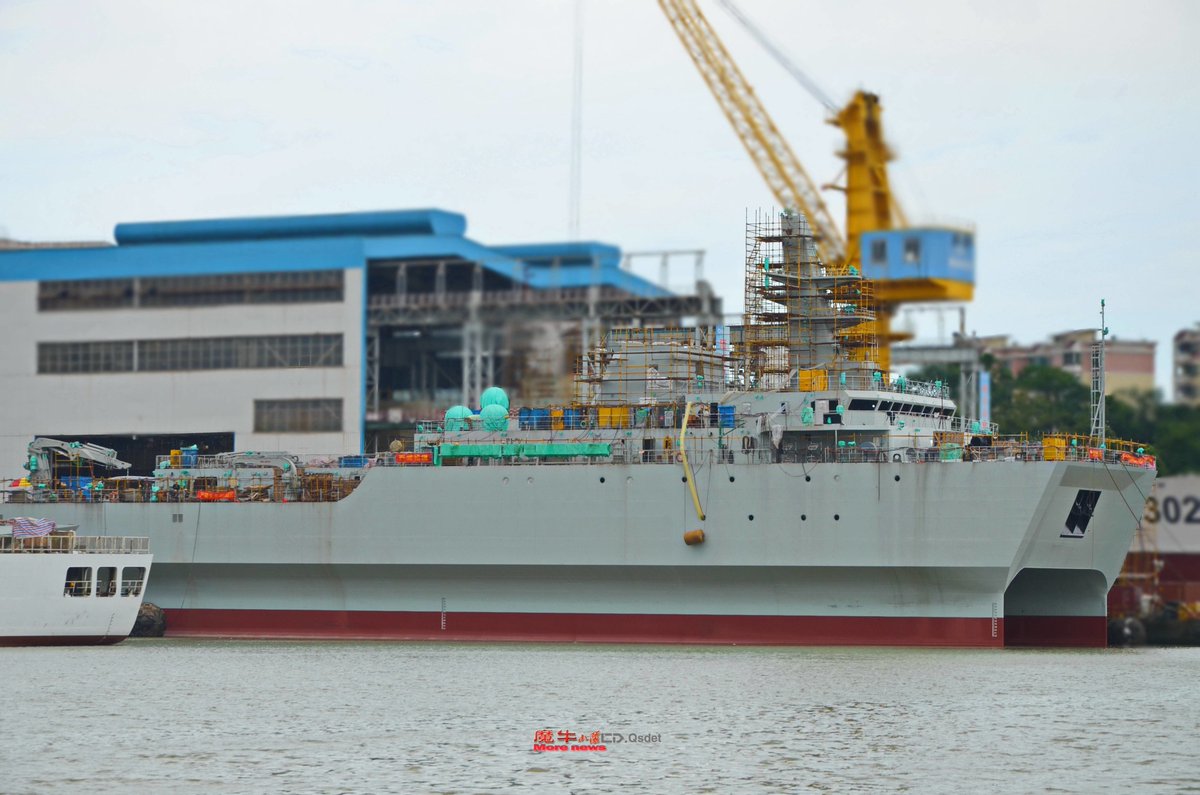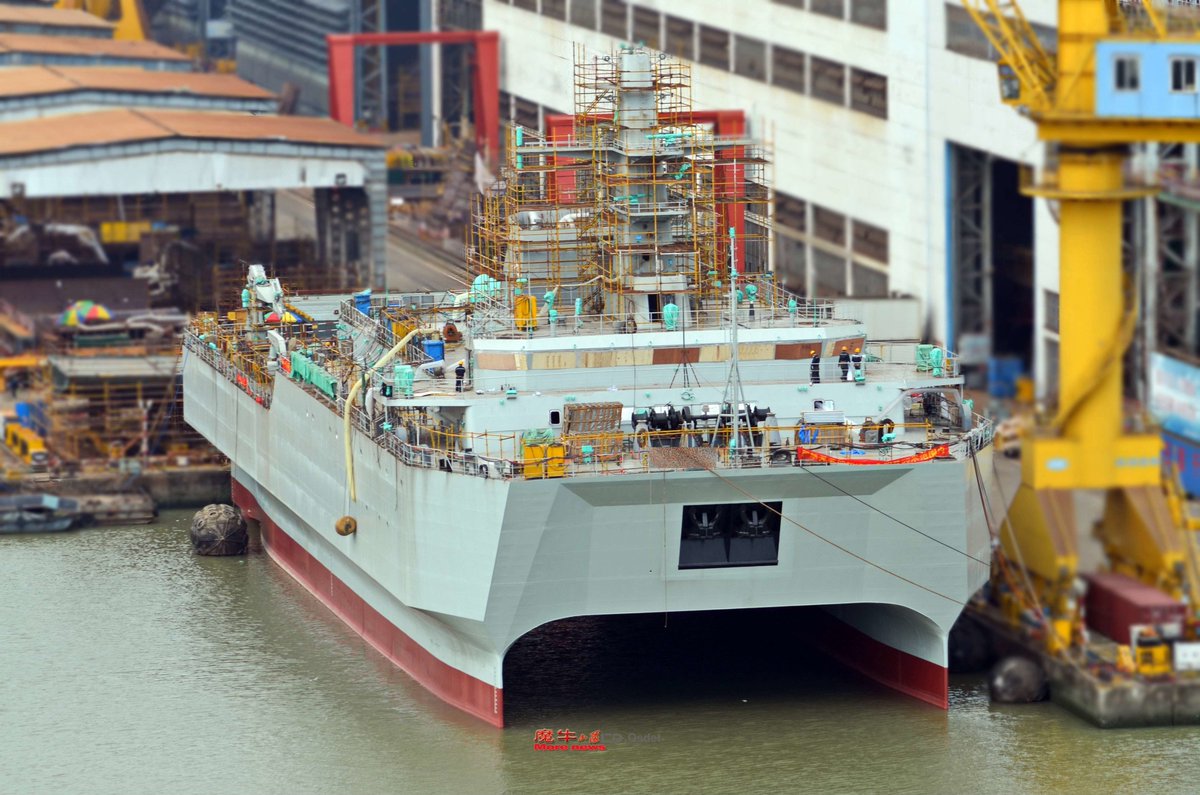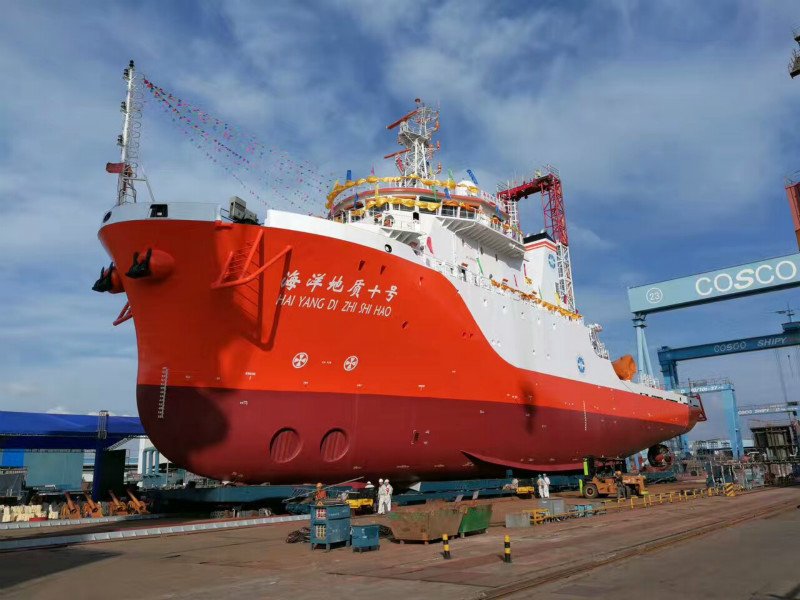Hendrik_2000
Lieutenant General
The day of opfor unrestricted access to SCS is coming to and end soon. But the big news is they got huge contract to serial produced this KQ 200 and new assembly hall has been built and tested. This should increase the production rate significantly
After the first four aircraft of the Northern Fleet in 2016, the Chinese Navy has deployed four otherKQ-200 anti-submarine aircraft this year at Lingshui Air Base in the south on Hainan Island, Borders the South China Sea.
The satellite photos of May 10 also reveal that the four KQ-200s deployed here are accompanied by two AWACS KJ-500Hs of the latest generation, thus showing a gradual rise in air and naval resources of the Chinese army in the region .
And these ASW devices are not only stationed on the ground but begin to integrate with the other units of the Chinese Navy. Indeed, a television report broadcast on June 20 on CCTV tells us that the Southern fleet recently conducted a joint anti-submarine fighting exercise, involving not only surface ships but also diesel attack submarines And at least one KQ-200.
This integration of air and naval means will ultimately lead to an effective and significant increase in China's anti-submarine capability, bringing in the "discreet" access of foreign submarines in this very strategic maritime area , much more difficult than today.
SQ-4 and SQ-5 acoustic buoys developed by AVIC
Access to the western Pacific Ocean for Chinese launch vehicles will also be better protected against US nuclear attack submarines, or large conventional Japanese submarines, and Will thus help preserve the country's naval nuclear deterrent capabilities.
Modified from a Y-8 Category III platform as for most Chinese special mission aircraft, the KQ-200 has a range of approximately 5,000 km, or 10 hours of in-flight patrol.
The aircraft is equipped with a large surface search radar under the front tip and an optronic turret under the belly, and is physically characterized by the long tail in which the magnetic anomaly detector hosts.
Underneath the cell are four openings for dropping acoustic buoys, and a ventral cockpit that can carry either anti-submarine grenades or torpedoes. We are talking about a capacity to carry also four anti-ship missiles type YJ-83K under the canopy but this has not yet been confirmed by the photos.
In September 2016, a source close to the record indicates that Shaanxi Aircraft Corporation (SAC), a subsidiary of AVIC Aviation Group and responsible for the construction of KQ-200, received new orders worth several billion yuan (more than 400 million € minimum), but the production capacity of the Chinese aircraft manufacturer would be bottleneck.
This information would then explain why , inaugurated in December 2016, which should make it possible to increase the production rate significantly.
For the time being, it is not known to whom this pulsed line is dedicated, but between the Y-9 medium transport aircraft and the KQ-200 maritime patrol aircraft, and given the geopolitical situation and the current context, Seems trivial.
After the first four aircraft of the Northern Fleet in 2016, the Chinese Navy has deployed four otherKQ-200 anti-submarine aircraft this year at Lingshui Air Base in the south on Hainan Island, Borders the South China Sea.
The satellite photos of May 10 also reveal that the four KQ-200s deployed here are accompanied by two AWACS KJ-500Hs of the latest generation, thus showing a gradual rise in air and naval resources of the Chinese army in the region .
And these ASW devices are not only stationed on the ground but begin to integrate with the other units of the Chinese Navy. Indeed, a television report broadcast on June 20 on CCTV tells us that the Southern fleet recently conducted a joint anti-submarine fighting exercise, involving not only surface ships but also diesel attack submarines And at least one KQ-200.
This integration of air and naval means will ultimately lead to an effective and significant increase in China's anti-submarine capability, bringing in the "discreet" access of foreign submarines in this very strategic maritime area , much more difficult than today.
SQ-4 and SQ-5 acoustic buoys developed by AVIC
Access to the western Pacific Ocean for Chinese launch vehicles will also be better protected against US nuclear attack submarines, or large conventional Japanese submarines, and Will thus help preserve the country's naval nuclear deterrent capabilities.
Modified from a Y-8 Category III platform as for most Chinese special mission aircraft, the KQ-200 has a range of approximately 5,000 km, or 10 hours of in-flight patrol.
The aircraft is equipped with a large surface search radar under the front tip and an optronic turret under the belly, and is physically characterized by the long tail in which the magnetic anomaly detector hosts.
Underneath the cell are four openings for dropping acoustic buoys, and a ventral cockpit that can carry either anti-submarine grenades or torpedoes. We are talking about a capacity to carry also four anti-ship missiles type YJ-83K under the canopy but this has not yet been confirmed by the photos.
In September 2016, a source close to the record indicates that Shaanxi Aircraft Corporation (SAC), a subsidiary of AVIC Aviation Group and responsible for the construction of KQ-200, received new orders worth several billion yuan (more than 400 million € minimum), but the production capacity of the Chinese aircraft manufacturer would be bottleneck.
This information would then explain why , inaugurated in December 2016, which should make it possible to increase the production rate significantly.
For the time being, it is not known to whom this pulsed line is dedicated, but between the Y-9 medium transport aircraft and the KQ-200 maritime patrol aircraft, and given the geopolitical situation and the current context, Seems trivial.
Last edited:


